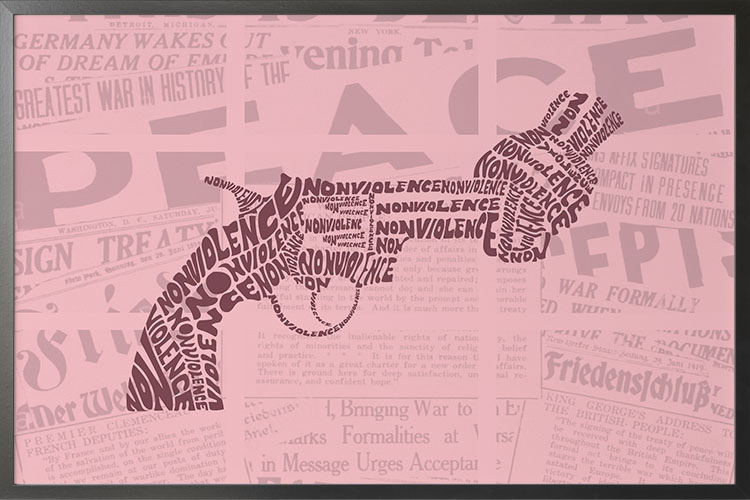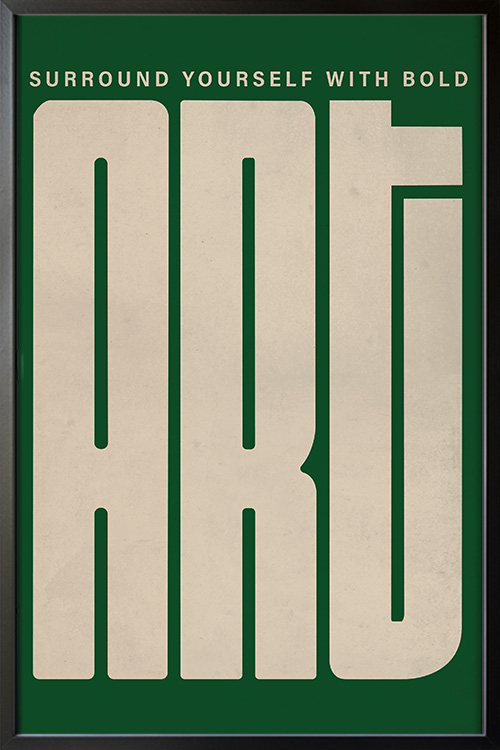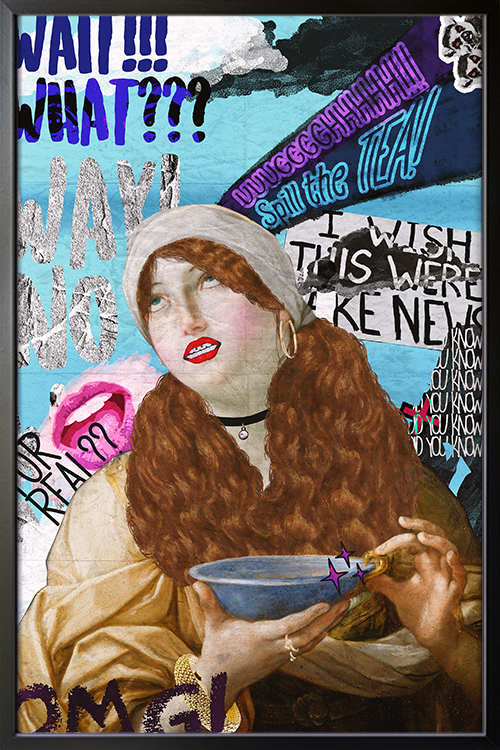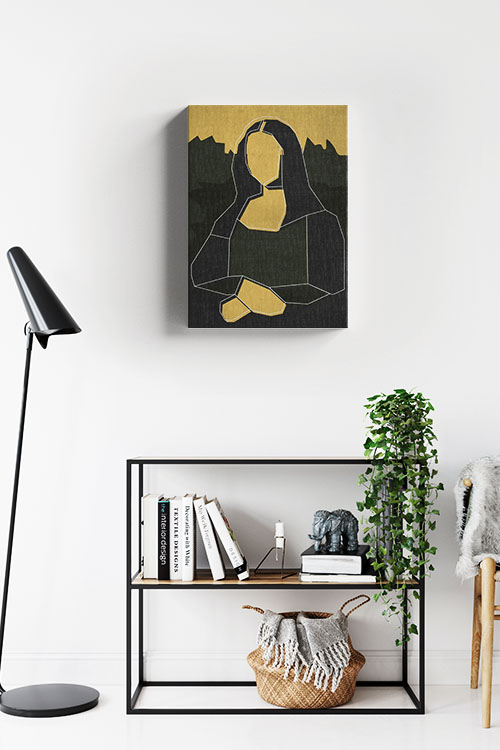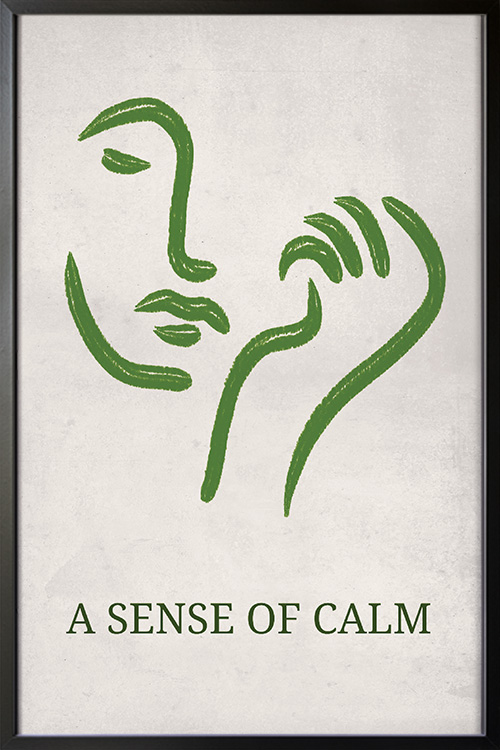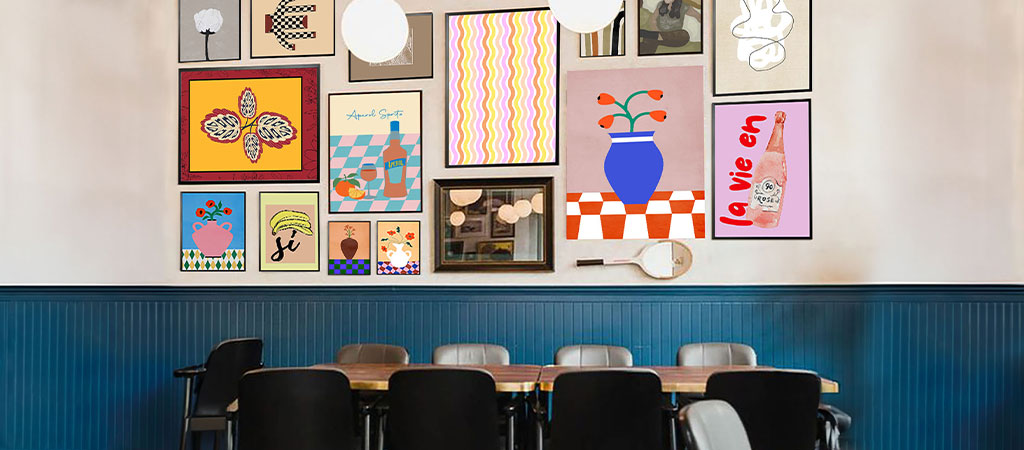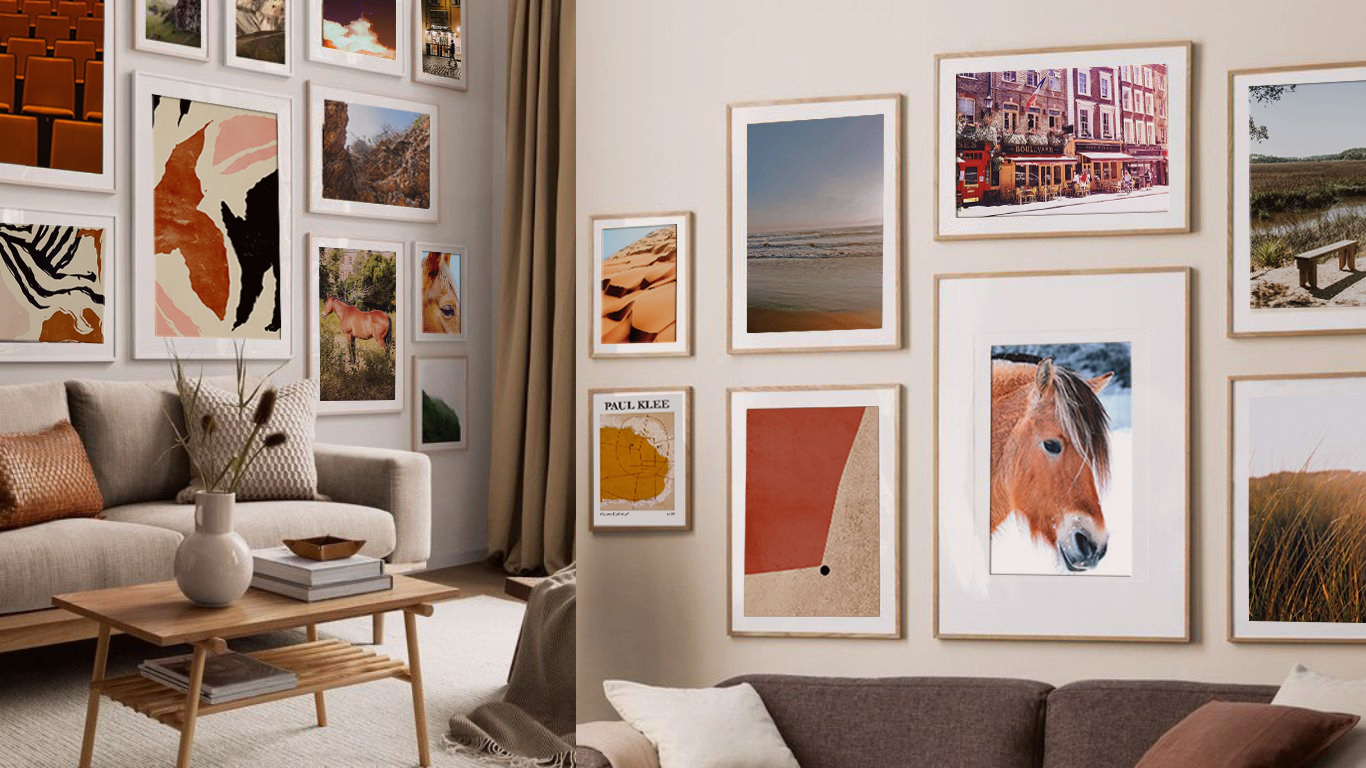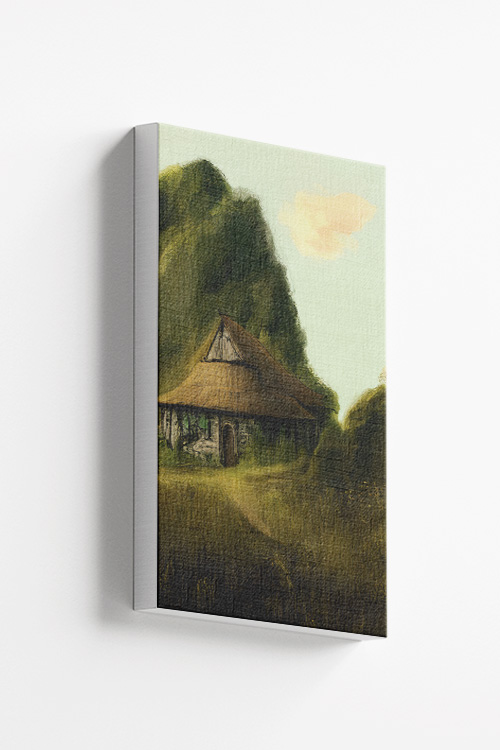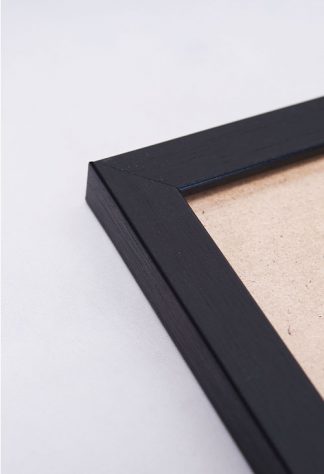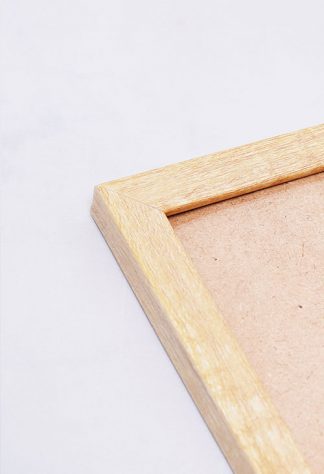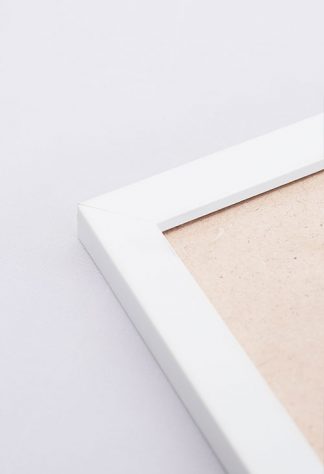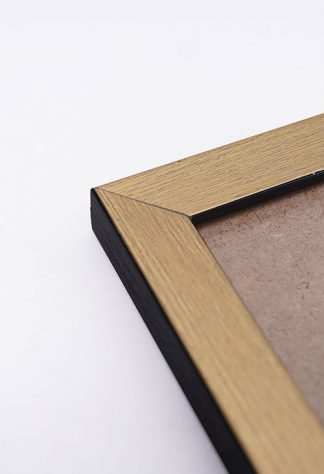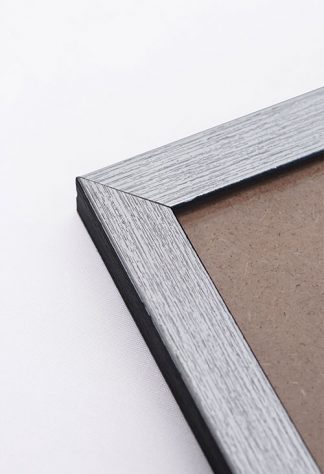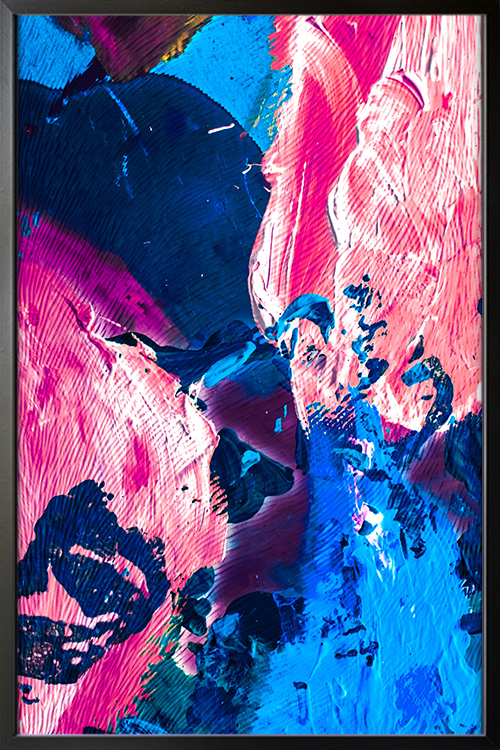
Art has always been integral to human civilization, influencing and reflecting society and culture in various ways. It serves as a means of communication, expression, and social change, shaping how people think, feel, and interact with the world around them. From ancient cave paintings to modern digital creations, art drives human history.
One of the primary roles of art is to preserve and celebrate cultural identity. Art encapsulates traditions, beliefs, and historical events, allowing societies to pass their heritage to future generations. Indigenous art, for example, often tells stories of ancestry, nature, and spirituality, keeping cultural narratives alive. Similarly, museums and galleries house paintings, sculptures, and artifacts that provide a glimpse into the past, helping people understand their roots and the evolution of civilizations. This preservation of cultural identity through art instills a sense of pride and connection to one’s heritage.
Beyond preservation, art is a powerful medium for emotional and intellectual expression. Artists, through their creativity, convey emotions, ideas, and messages that words alone may fail to capture. Whether it’s through music, dance, literature, or visual arts, artistic expression resonates deeply with individuals, evoking emotions and sparking thought. A song can inspire hope, a painting can depict sorrow, and a film can challenge societal norms, demonstrating how art connects with human emotions on a universal level, fostering a sense of connection and empathy.
Art also plays a crucial role in social and political movements. Throughout history, artists have used their work to challenge injustice and promote change. Protest art, political cartoons, and revolutionary music have shaped public opinion and inspired action. In today’s digital age, social media has further amplified the power of art as a tool for activism. Art’s role in challenging injustices empowers individuals and inspires them to take action.
Additionally, art contributes to economic and social development. The creative industries, including film, music, fashion, and theater, generate employment and drive tourism, strengthening economies worldwide. Public art projects, such as murals and sculptures, enhance urban spaces, fostering community and cultural pride.
Finally, art reflects society–both shaping and being shaped by it. It preserves history, expresses emotions, challenges injustices, and fosters human connection. As cultures evolve, so does art, continually inspiring and influencing how people understand themselves and the world around them. In every form, art remains a vital force in shaping human experience.
